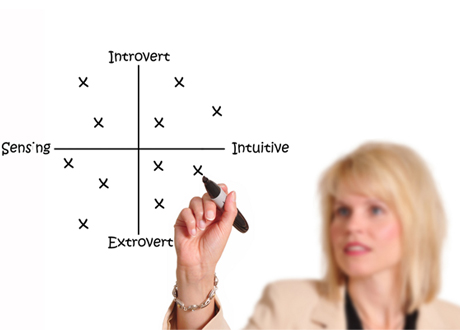Focused on communicating to and influencing leadership (ex: “How do I get funding for this project?”)
What Happens When Leadership Focus Shifts Away From Innovation?
Corporations tend to focus on fads, often packaged into corporate initiatives or programs, that roll in and out of favor over time. Attention from leadership around any single initiative doesn’t last forever, and it will shift to the next bright and shiny object at some point. How do you prepare for when this happens?













